Pro landscape photographer Jack Lodge reveals the gear he uses to take top shots of the Jurassic Coast
Canon professional landscape and wildlife photographer Jack Lodge lives on the Jurassic Coast, where he’s in the prime position to catch top scenic shots
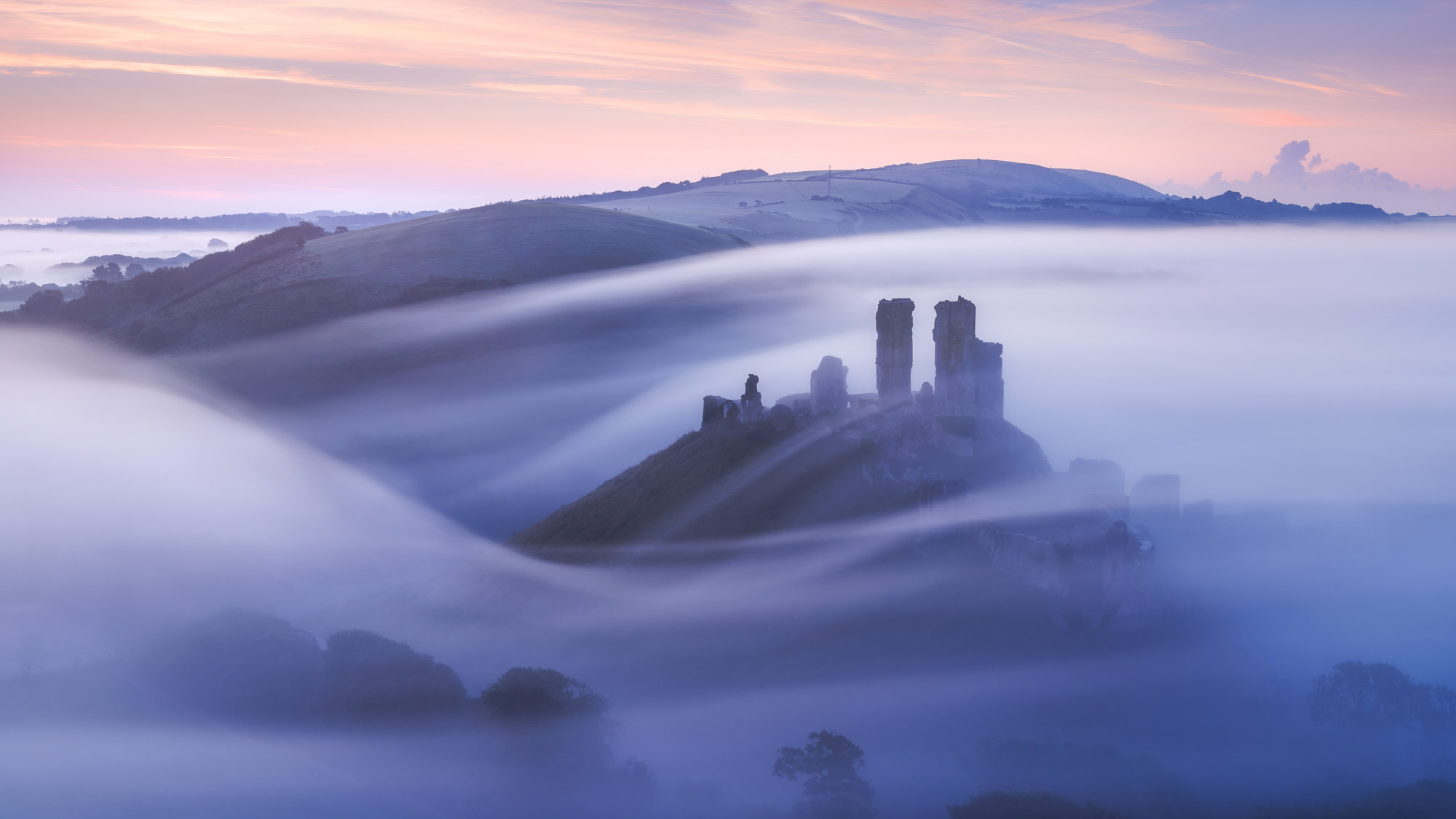
Landscapes is a brilliant genre of photography that allows you to get out taking photos in the great outdoors so going on hikes with your camera is fantastic for your wellbeing, mental health and creativity!
Based down in Wimborne, Dorset, England, Jack is perfectly placed for landscapes and seascape on the stunning Jurassic Coast. His image ‘Winter at Win Green’ was shortlisted in the Landscape Photographer of the Year 2022 contest, and he runs landscape and wildlife workshops, from Dorset to Snowdonia, all year round.
Here he gives us an insight into his work, and reveals the essential kit he needs on shoots. Be sure to check out his Instagram and website for more inspiration.
"I picked up my first camera, a Canon EOS 100D, back in 2014, just after starting my architectural studies. I wanted to document my travels in Europe and I found the steep learning curve very addictive.
"From that moment on, I fell in love with photography. My love and passion for the great outdoors came at a young age as I grew up in Dorset on the south coast; it’s a playground for exploring the Jurassic Coast, countryside, and magical woodlands.
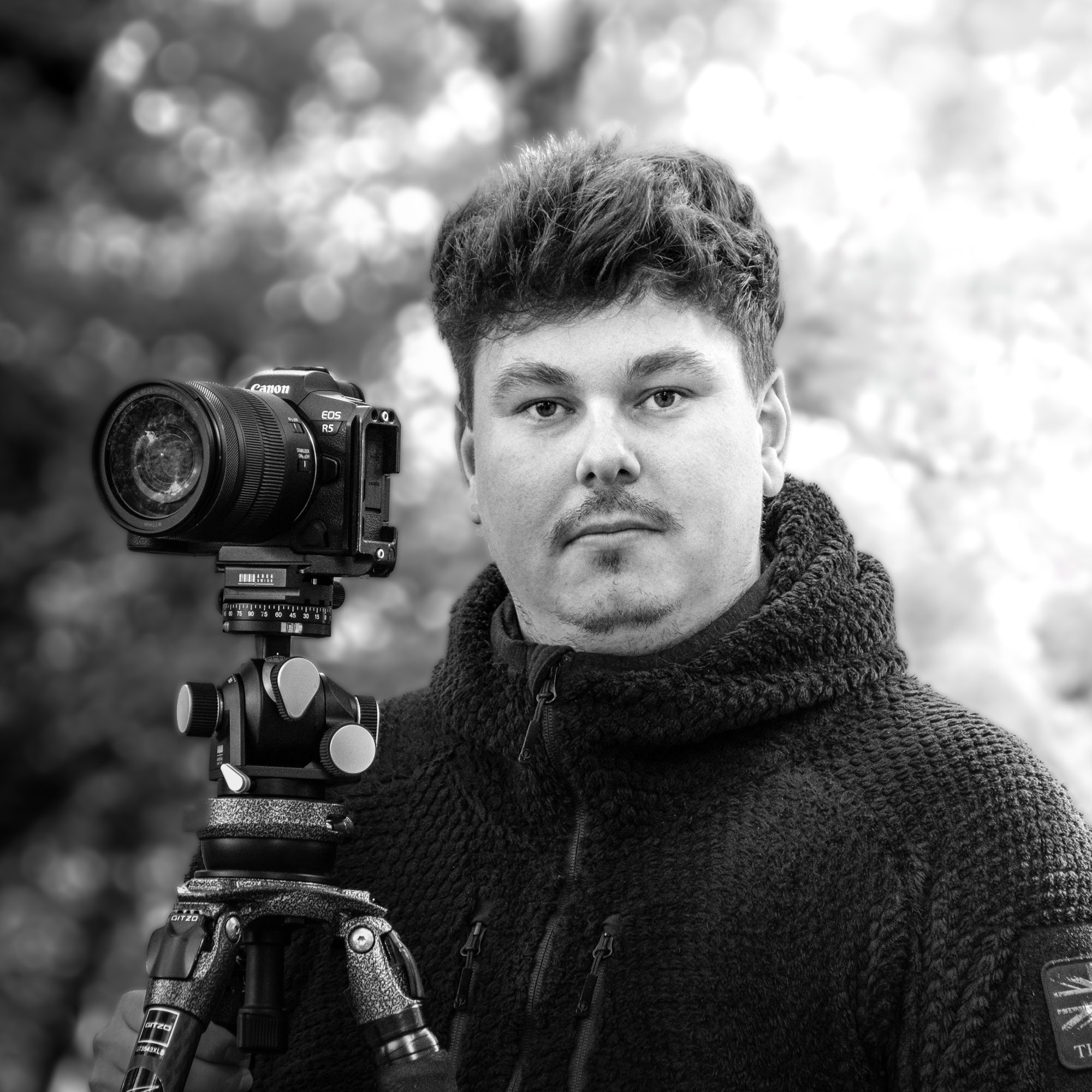
"I started taking landscape photography seriously in 2017. I fell in love with capturing the changing seasons. Chasing light across the landscape in summer, walking through enchanting woodlands during spring, catching crashing waves at sunrise in winter, and surrounding myself with mesmerizing autumn colours. Capturing the change of seasons quickly became ‘my thing’ and landscapes became my happy place.
"I soon discovered my day job in architecture wasn’t for me, so over the next five years, I planned my journey into taking my photography full-time, and in 2022, I finally took the plunge to go pro.
Get the Digital Camera World Newsletter
The best camera deals, reviews, product advice, and unmissable photography news, direct to your inbox!
"Fast-forward to the present day and I’m beyond happy. I run workshops up and down the country, work with big brands, and share my passion with as many people as I can. All I can recommend to anyone who has found their passion in life is to pursue that, surround yourself with good people and friends who support you, and, more importantly, believe in yourself."
Jack's pro kit for landscapes
1. Canon EOS R5
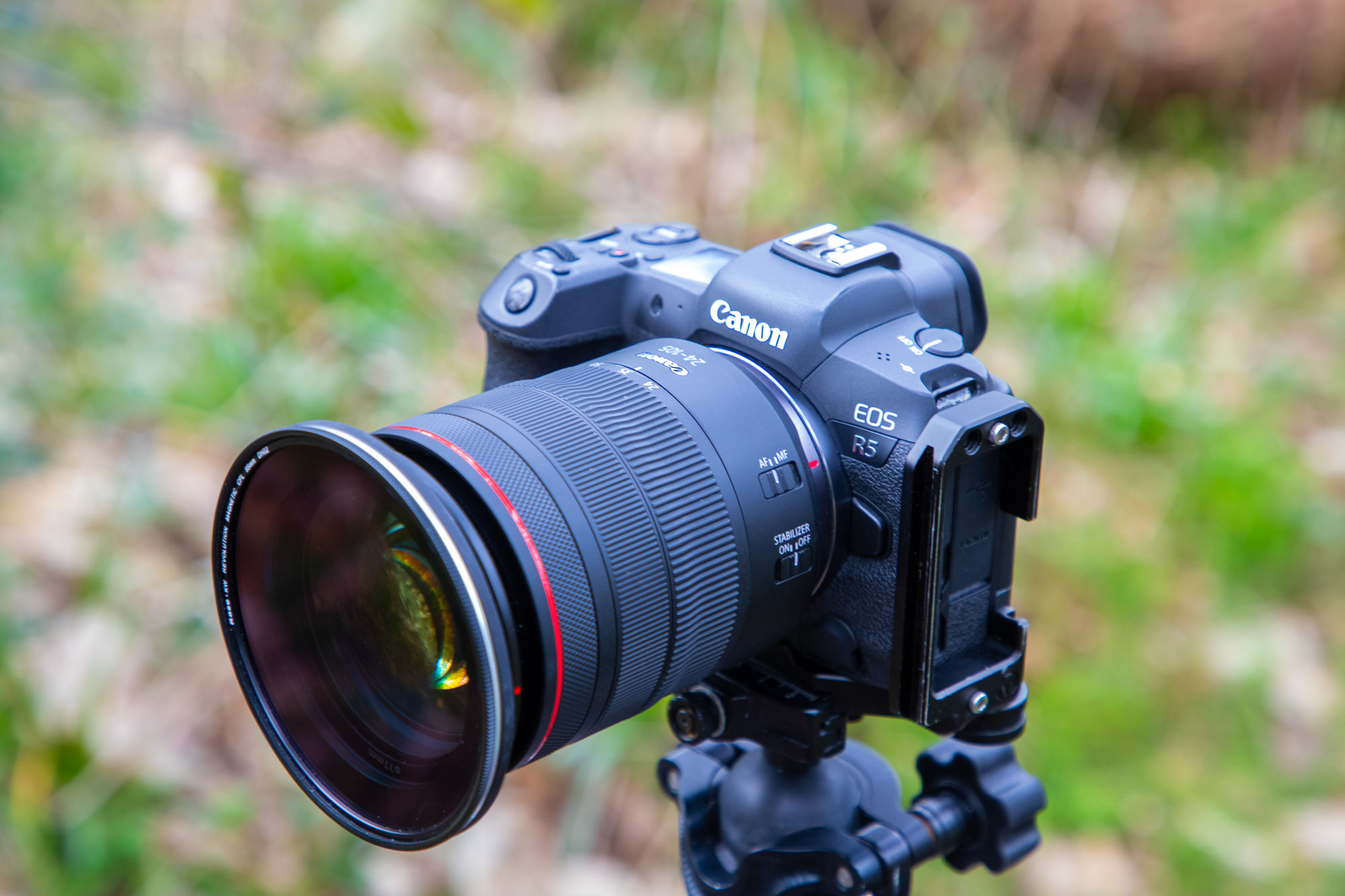
The Canon EOS R5 is everything I want in my dream camera for landscapes. It’s incredible for wildlife photography, too, enabling me to quickly switch between shooting seascapes on the coast to kingfishers along riverbanks. I also use the Canon imagePROGRAF PRO-300 A3 printer and PRO-2100 large-format printer, and the images printed from my R5 are simply out of this world, taking me back to the moment I clicked the shutter button.
2. Canon RF 24-105mm F4L IS USM
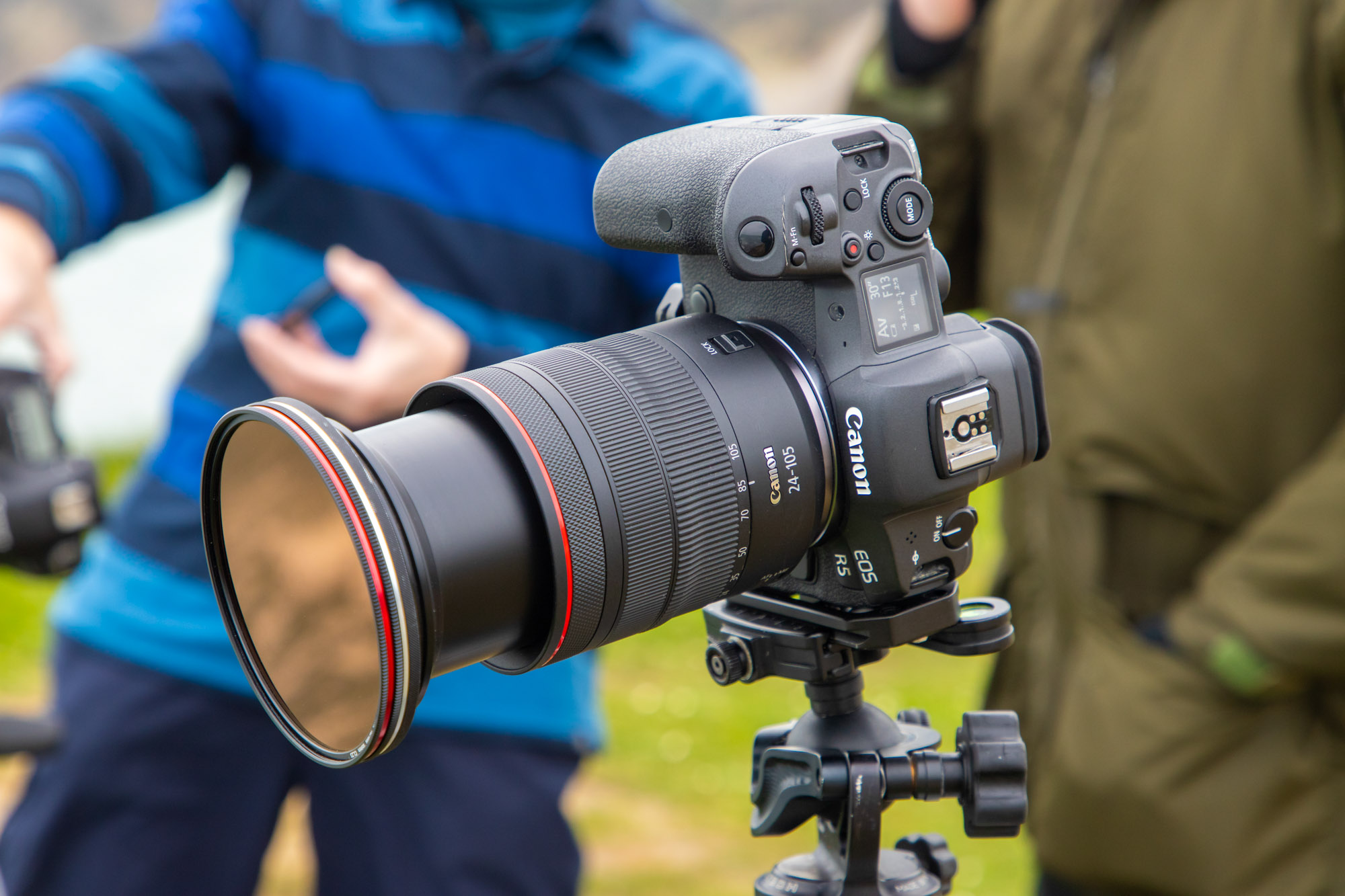
This is my do-it-all lens, an absolute game-changer for me. It covers 80% of the focal ranges I use most of the time, and as well as being small and lightweight, its optical performance is top level. It’s not as sharp as my RF 15-35mm (which is just unreal) but I’ve never not been happy with a print from this lens, and I’ve made 2m-long panoramas with images taken on this lens before and been impressed.
3. Canon RF 15-35mm F2.8L IS USM
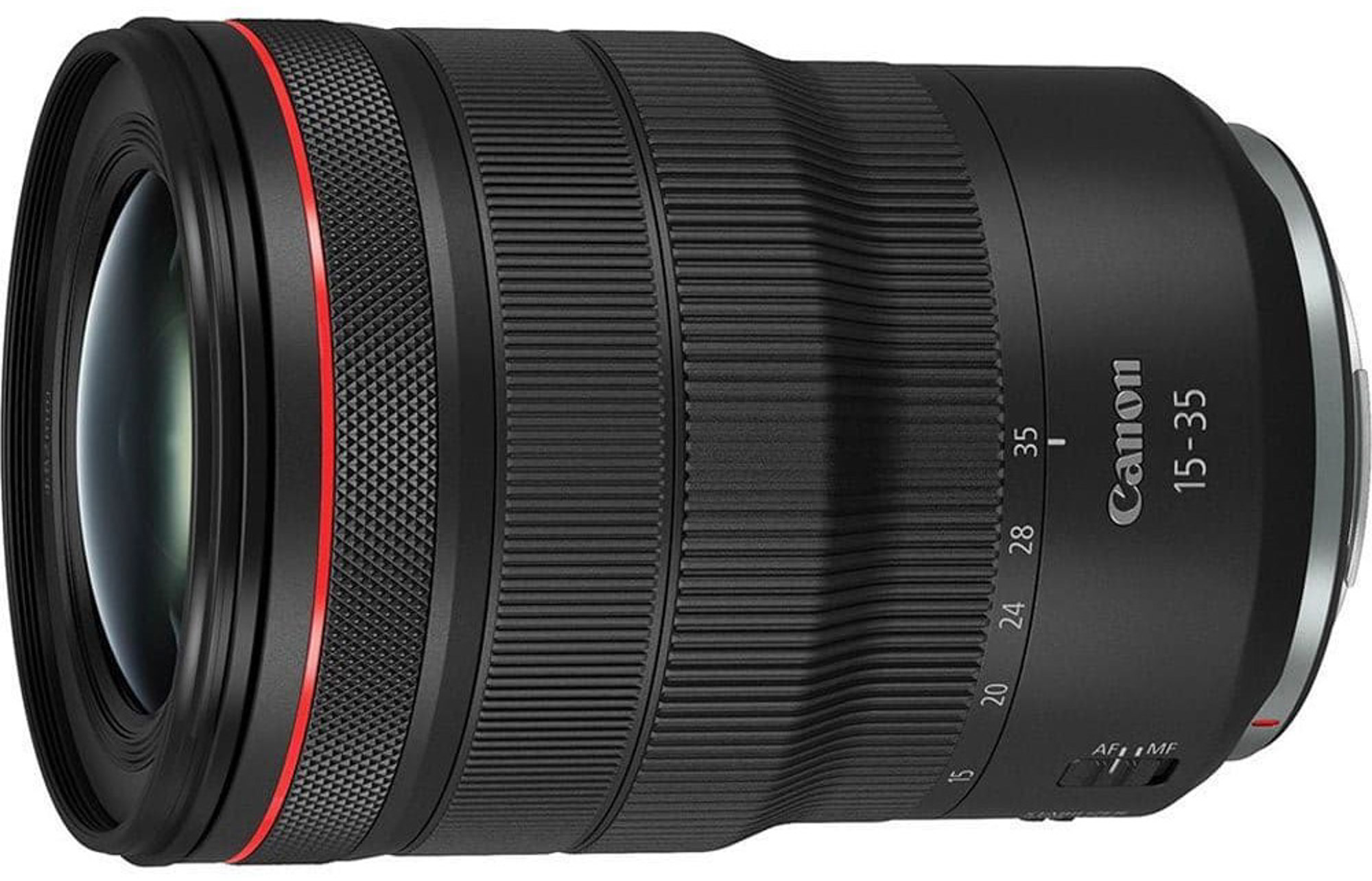
The Canon RF 15-35mm F2.8L is an absolute beast in my lens collection and the one I always go to when shooting down at the coast in winter and wanting crazy front-to-back detail. Plus don’t even get me started on the sunstars this lens produces at f/22. It blows my mind how crisp and sharp the images taken with this lens are – and with little to no flare, too.
4. Canon EF 100-400mm f/4.5-5.6L IS II USM
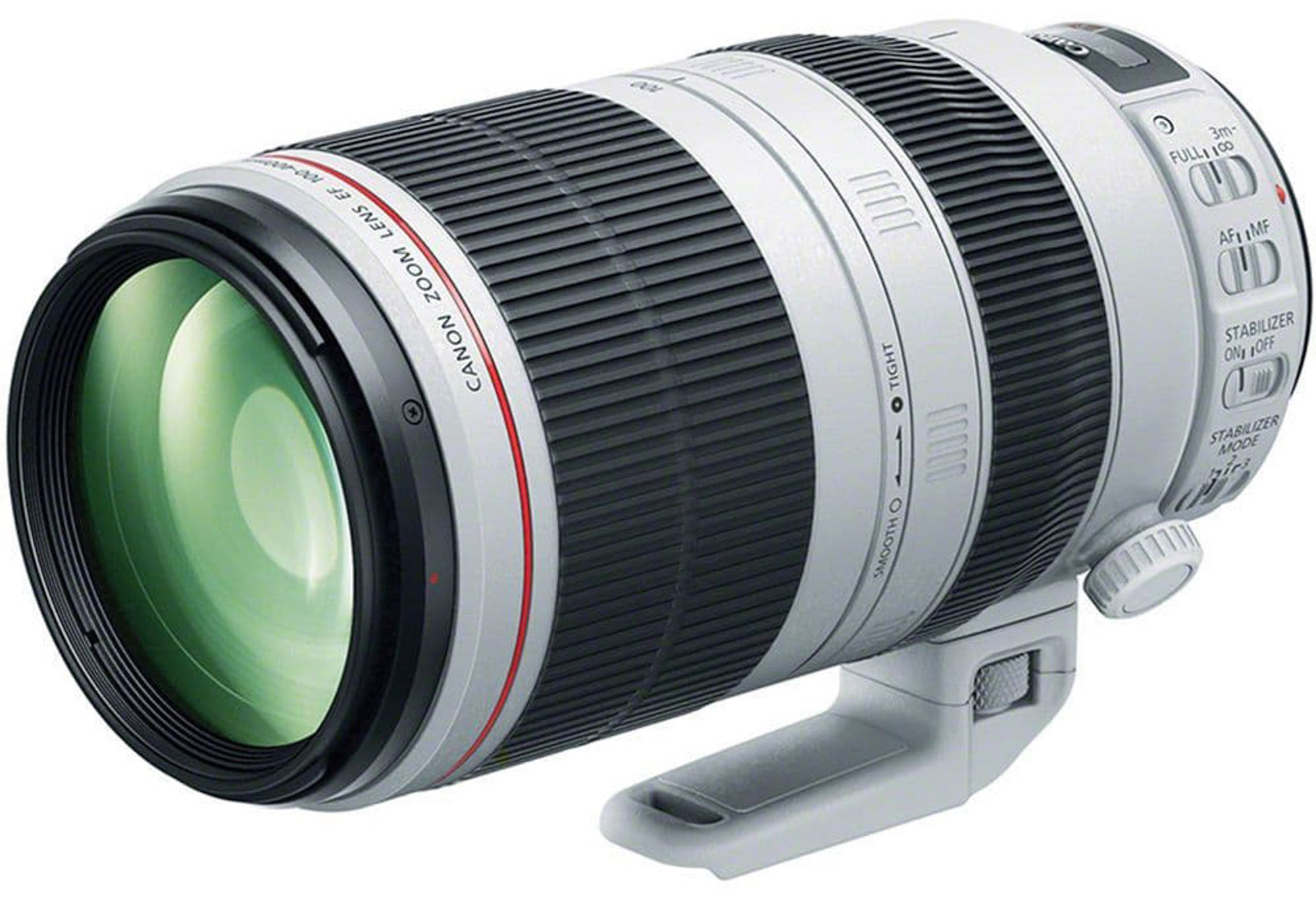
This may come as a surprise, but this focal length, along with the Canon RF 100-500mm, is one of my favourites for landscapes and I never leave home without one of my telephoto lenses. For compressing long distant subjects on a cold, misty morning, or quickly being able to photograph a barn owl or red kite in the countryside, it’s incredibly versatile.
5. Arca Swiss D4 geared head
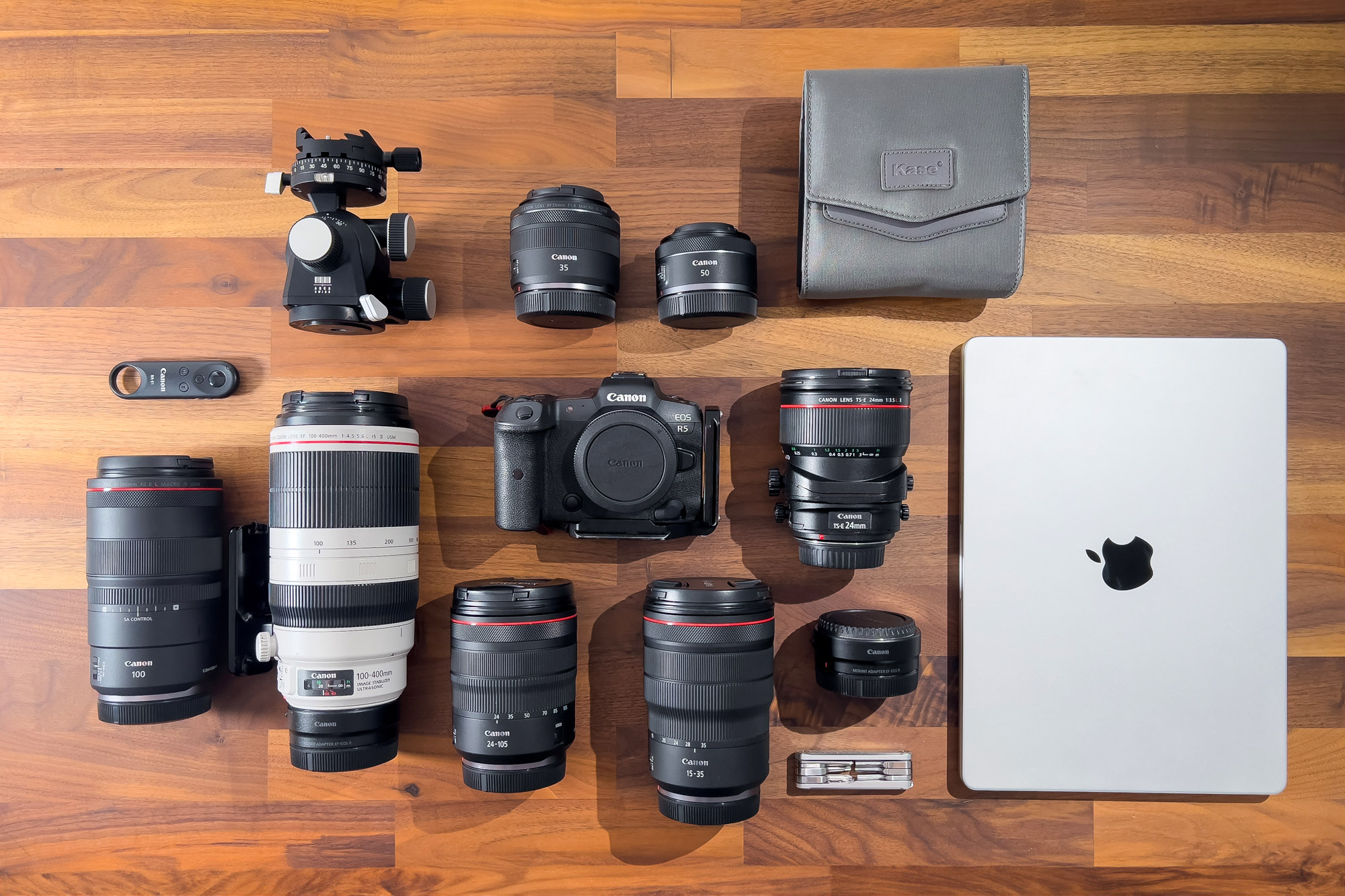
This is a piece of gear that I don’t think I could live without. Once you go from a ball to a geared head, there’s no going back – as geared heads have three dials to enable you to twist them to really fine-tune your camera’s position for more accurate compositions. I’ve found myself slowing down, thinking through a composition a lot more, and wanting to move the head just a few millimetres at a time, to remove branches or distracting elements in the corners of my frame.
6. Kase Revolution magnetic filters
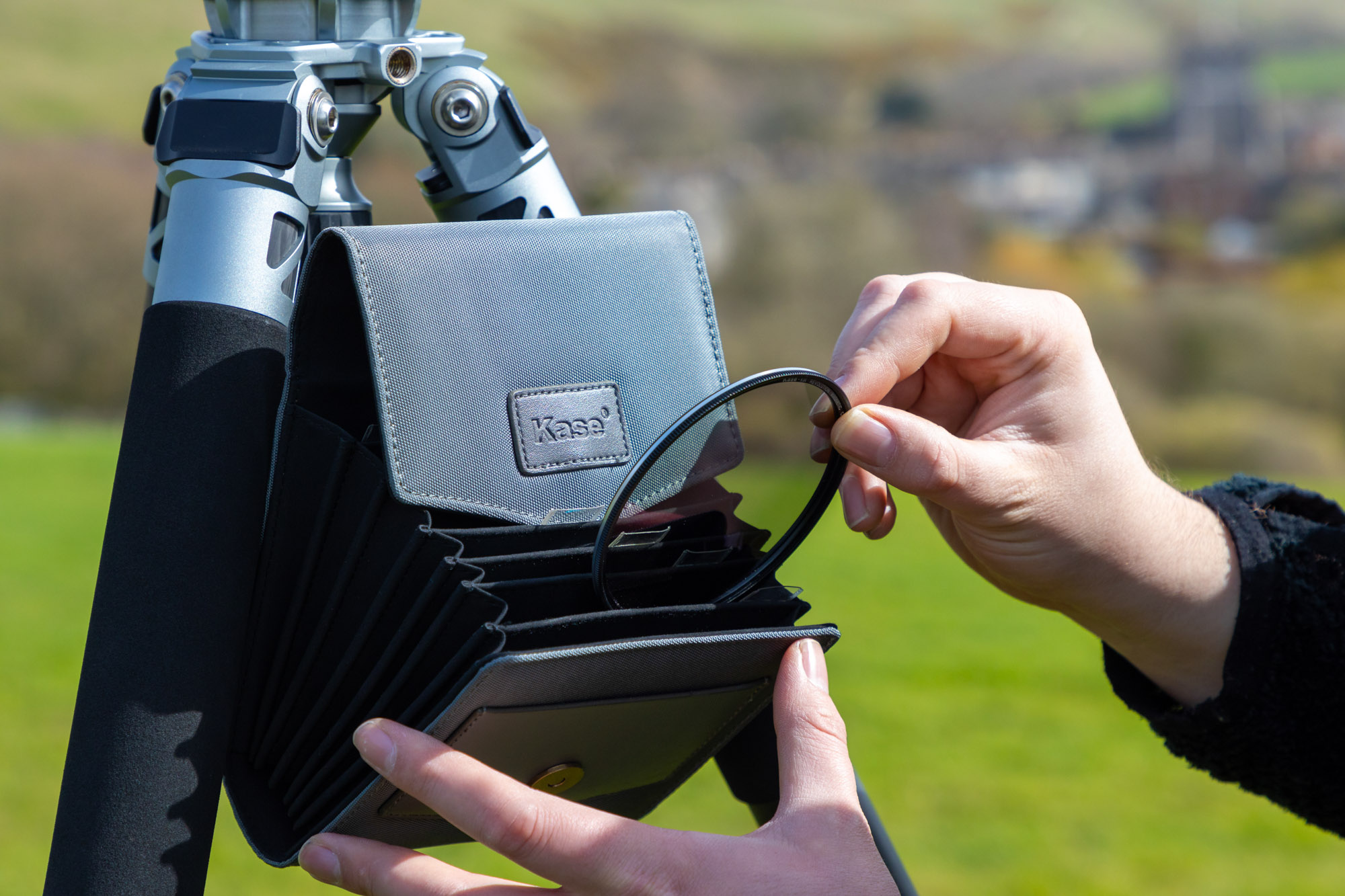
I started out using ND graduated filters, but found them to be expensive and cumbersome. These magnetic Kase filters have been a game-changer. They’re easy to use and I keep the polarizer fitted most of the time and used with caution. I also use a variety of ND filters for longer exposures to help me slow down water or create motion in leaves and clouds.
PhotoPlus: The Canon Magazine is the world's only monthly newsstand title that's 100% devoted to Canon, so you can be sure the magazine is completely relevant to your system. Every issue comes with downloadable video tutorials too.
You might also be interested in the best cameras for portraits and the best lenses for portraits.

Deputy Editor on PhotoPlus: The Canon Magazine, Dan also brings his technical wizardry and editing skills to Digital Camera World. He has been writing about all aspects of photography for over 10 years, having previously served as technical writer and technical editor for Practical Photography magazine, as well as Photoshop editor on Digital Photo.
Dan is an Adobe-certified Photoshop guru, making him officially a beast at post-processing – so he’s the perfect person to share tips and tricks both in-camera and in post. Able to shoot all genres, Dan provides news, techniques and tutorials on everything from portraits and landscapes to macro and wildlife, helping photographers get the most out of their cameras, lenses, filters, lighting, tripods, and, of course, editing software.

